The story — or rather, stories — of how the British lighthouses were built has already withstood heavy and repeated telling. There’s Henry Winstanley’s first Eddystone light (brick, hexagonal, candles on the outside, en-suite state room) and his Icarus boast to the gods that it would withstand ‘the greatest storm that ever was’, which it didn’t. There’s Henry Hill, the keeper who swallowed a mouthful of molten lead while the second Eddystone burned. There’s John Smeaton’s tree of stone, flawless, tiny, eroded from below, now landbound on Plymouth Hoe.
And there are the old tales. From the early 1800s all lighthouses had three staff to ‘prevent suspicion of murder’ after one keeper on an English light died of natural causes and his deputy hung his body from the lantern-room balcony. When the relief boat finally arrived, the poor man was found to have kept the watches but lost his mind. Then there’s the Flannan Isles mystery (light extinguished, lodgings abandoned, all three keepers vanished), still (to some) unsolved.
There’s foul deeds — the Wolf Rock off Cornwall took its name from a hollow chamber through which the wind howled, alerting sailors to the rock’s existence, so the local wreckers allegedly sailed out to the rock and stopped up the wolf’s mouth in the hope of better plunder. And fairer: Grace Darling, the lightkeeper’s daughter who, with her father William, rowed out from Longstone light to rescue survivors of a wreck and rowed back into Victorian legend.
And that’s without even starting on the Stevensons. The man who became best known for Treasure Island and Jekyll & Hyde began his professional life as an engineer apprenticed to the family trade. Robert Louis Stevenson corrected his American publishers in 1886:
My father is not an ‘inspector’ of lighthouses. He, two of my uncles, my grandfather, and my great-grandfather in succession, have been engineers to the Scotch Lighthouse service; all the sea lights in Scotland are signed with our name; and my father’s services to lighthouse optics have been distinguished indeed. I might write books till 1900 and not serve humanity so well.
Between them, four generations of the Stevensons built almost 100 major lights around the coast of Scotland in conditions which many engineers would refuse today. Before the advent of hydraulics and coffer-dams, building a tower light meant landing three-ton blocks of stone dressed to within millimetres from a tipping boat onto a jaggedy rock using an improvised crane, a lot of shouting, and (in the case of the Bell Rock) a horse named Bassey. It meant shinning up 300ft reefs or cliffs with brick or mortar or construction timber strapped to your back, or three-month storm-sick inspection voyages, or walking the moors to a trackless light where the keeper had been doing a bold trade in black-market spermaceti oil. It was wild, inventive, impossible, edge-of-everything stuff.
But for the keepers, the one thing it wasn’t was lonely. The assumption has always been that living in a lighthouse was a steady, monastic sort of job — keeping the flame from a round-walled cell — but the opposite was the case. The challenge wasn’t solitude, it was how to live honestly in close proximity with two strangers. Hence the preference in all the British lighthouse services for recruiting men (and it was always men) with a naval or maritime background.
Tom Nancollas’s book, Seashaken Houses, is a first-hand travel guide to seven places you almost certainly have no chance of ever visiting. As has been pointed out before, lighthouses are the only buildings which are specifically designed to be avoided; if you’re up close to a tower light you’re either a maintenance engineer, or you’re a victim of shipwreck.
Nancollas is intrepid and persistent — he bothers to go out to Perch Rock in the middle of the Mersey, puts himself through the discomfiting helicopter safety drill required before visiting Fastnet, and dissects the geometry of optics. His account flits between direct reportage, history and anecdote, but the one great USP he does have — his background as a buildings conservator — he sells surprisingly short.
Most of the tall tales have been told elsewhere, but if he can look at a structure and know what impact a southwesterly force 10 might have on it, or what it took those 18th-century men in their stovepipe hats to make buildings capable of withstanding the greatest forces of nature, then that is a story worth any number of retellings. Those lights were built with ingenuity, detail and brilliance because those who built them believed absolutely that humanity was a cause worth risking all for, and that what they had created was In Salutem Omnium — For the Safety of All.
Got something to add? Join the discussion and comment below.
Get 10 issues for just $10
Subscribe to The Spectator Australia today for the next 10 magazine issues, plus full online access, for just $10.
You might disagree with half of it, but you’ll enjoy reading all of it. Try your first month for free, then just $2 a week for the remainder of your first year.

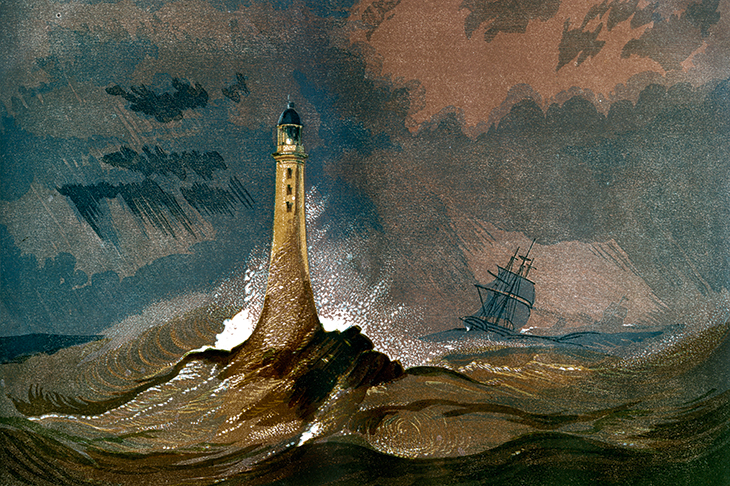
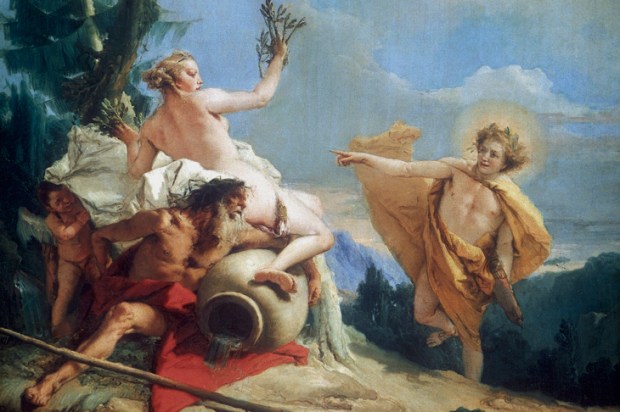
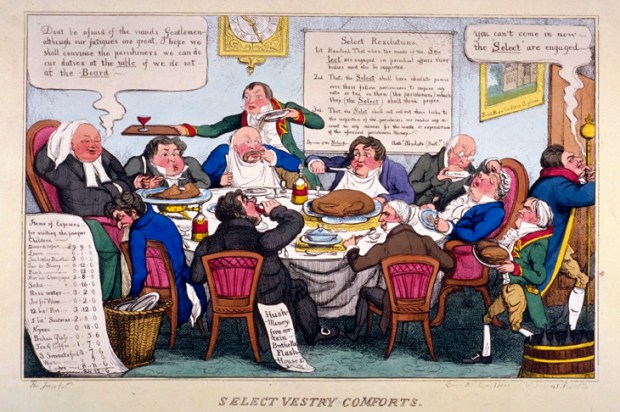
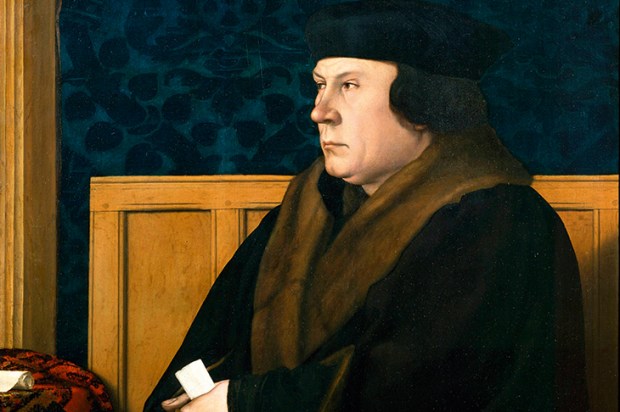
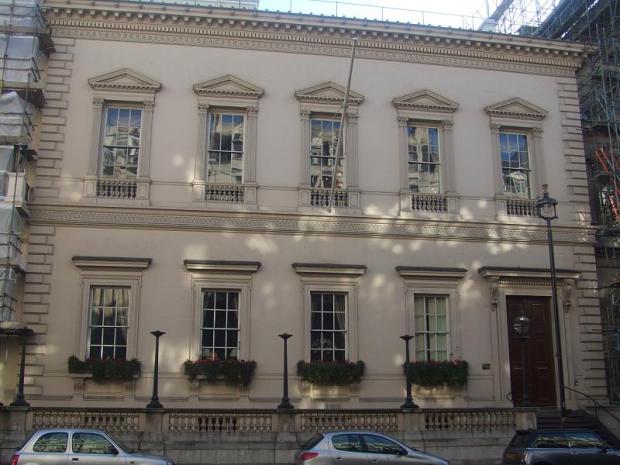

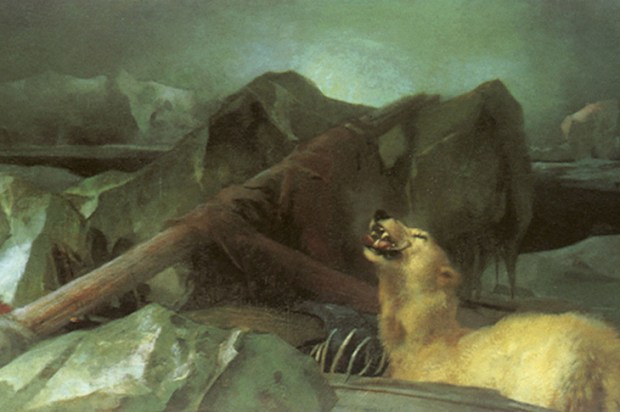






Comments
Don't miss out
Join the conversation with other Spectator Australia readers. Subscribe to leave a comment.
SUBSCRIBEAlready a subscriber? Log in